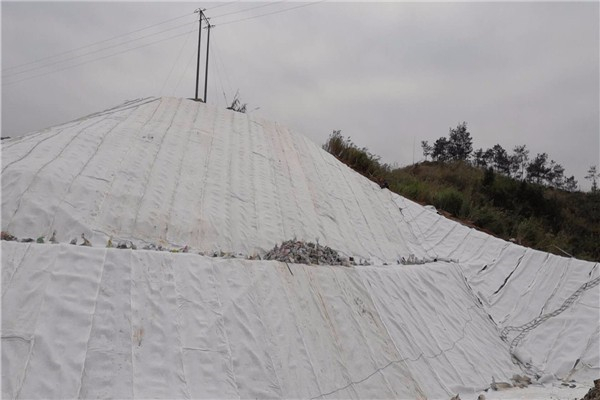Action Characteristics of Composite Drainage Nets
Action Characteristics of Composite Drainage Nets
1. It is laid between the foundation and the base to drain the water between the foundation and the base, block the capillary water and effectively combine it into the edge drainage system. This structure automatically shortens the drainage path of the foundation, greatly reducing the drainage time and reducing the use of selected foundation materials (materials with more fine materials and lower permeability can be used). Can extend the life of the road.
2. The laying of composited drainage nets at the subbase layer can prevent the subbase fine material from entering the subbase layer. The aggregate base enters the upper portion of the geogrid to a limited extent. Thus, the composite geogrid also has a potential effect of limiting the lateral movement of the aggregate base, which in this way is similar to the strengthening effect of the geogrid. Generally speaking, the tensile strength and rigidity of composite geotechnical drainage nets are better than that of many geotechnical grids used for foundation reinforcement.

3. Road aging, crack formation, most of the rain will enter the section. In such cases, the storage and drainage sheet made in China network is laid directly under the road surface in place of the drainable foundation. The drainage network can collect moisture before it enters the foundation/Subbase. A film can also be placed on the bottom of the drainage network to further prevent moisture from entering the foundation. For rigid road systems, this structure allows for the design of roads with a high drainage coefficient Cd. Another advantage of the structure is that it may allow the concrete to hydrate more evenly (research on the extent of this advantage is underway). Whether for rigid or flexible road systems, this structure can extend the service life of roads.
4. Under northern climate conditions, laying drainage network can help reduce the impact of frost heave. If the freezing depth is very deep, the geogrid may be laid in a shallow position in the base as a capillary blockage. It is also often necessary to replace it with a granular substrate that does not freeze and extends downward to the freezing depth. Frozen-prone backfill can be filled directly into the drainage nets up to the ground line of the foundation. In this case, the system can be connected to a drainage outlet to keep the water table at or below this depth. This could potentially limit the development of ice crystals without restricting traffic loads during the spring melt in cold regions.
